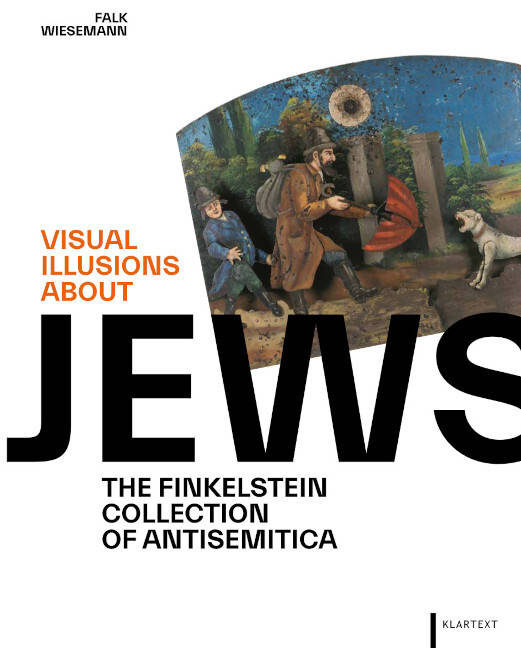
Vous voulez être sûr que vos cadeaux seront sous le sapin de Noël à temps? Nos magasins vous accueillent à bras ouverts. La plupart de nos magasins sont ouverts également les dimanches, vous pouvez vérifier les heures d'ouvertures sur notre site.
- Retrait gratuit dans votre magasin Club
- 7.000.000 titres dans notre catalogue
- Payer en toute sécurité
- Toujours un magasin près de chez vous
Vous voulez être sûr que vos cadeaux seront sous le sapin de Noël à temps? Nos magasins vous accueillent à bras ouverts. La plupart de nos magasins sont ouverts également les dimanches, vous pouvez vérifier les heures d'ouvertures sur notre site.
- Retrait gratuit dans votre magasin Club
- 7.000.0000 titres dans notre catalogue
- Payer en toute sécurité
- Toujours un magasin près de chez vous
Visual Illusions about Jews
The Finkelstein Collection of Antisemitica
Falk Wiesemann
Livre relié | Anglais
49,45 €
+ 98 points
Description
Anyone exploring the field of antisemitism will find a myriad of written statements testifying to the hostility against Jews. Not as common and not as well-known are three-dimensional and other visual testimonies of antisemitism; what you could call 'illusions' about Jews. These illusions represent Jews in varying degrees of (un)realism, revealing the stereotypical and often hateful ideas that underlie them. Almost all these kinds of antisemitic objects were designed in Europe, primarily in the period from the 18th century up to the Second World War. Antwerp collector Gideon Finkelstein has been collecting antisemitica for more than forty years, making his collection currently the largest collection of its kind. The more than 400 objects form a unique visual record of the pervasiveness of antisemitism. They were made in order to create, shape and reinforce Jewish stereotypes, representing, in coded form, acts of discrimination and even extermination. At the same time, the collection also includes images of Jews that have been created by Jewish artists for Jewish customers since the late 19th century. Supported by a renewed sense of Jewish identity and confidence, such 'Jewish images of Jews' were meant to replace the previously prevalent negative stereotypes, although these creations were in the beginning quite stereotypical in their own way. Many of these objects originate from the private sphere of their owners and were used on a daily basis. Some are also of great artistic value. This book describes the objects of this largely unknown collection of three-dimensional antisemitic images in detail, interpreting them in their historical context. If we have a better understanding of what antisemitism is and what it looks like, we should be able to recognize it in time
Spécifications
Parties prenantes
- Auteur(s) :
- Editeur:
Contenu
- Nombre de pages :
- 384
- Langue:
- Anglais
Caractéristiques
- EAN:
- 9783837526721
- Date de parution :
- 21-08-24
- Format:
- Livre relié
- Dimensions :
- 235 mm x 37 mm
- Poids :
- 2409 g







